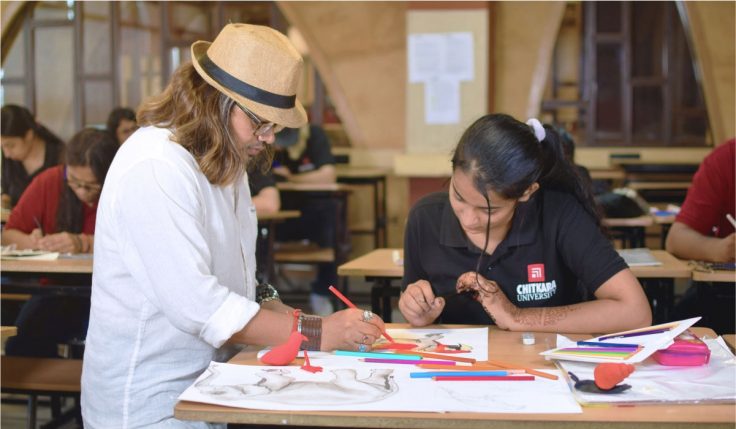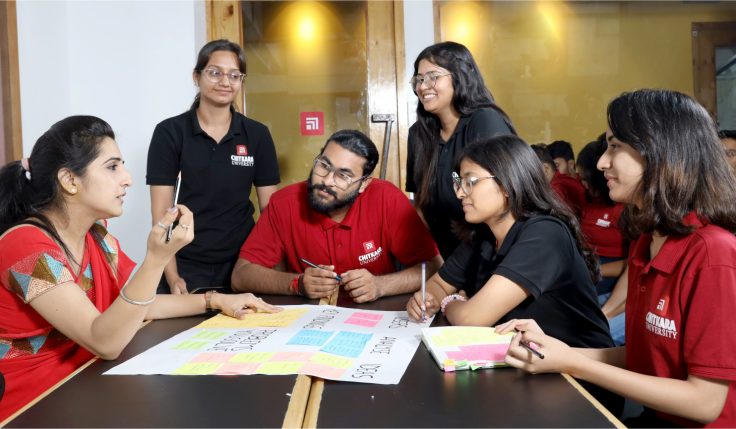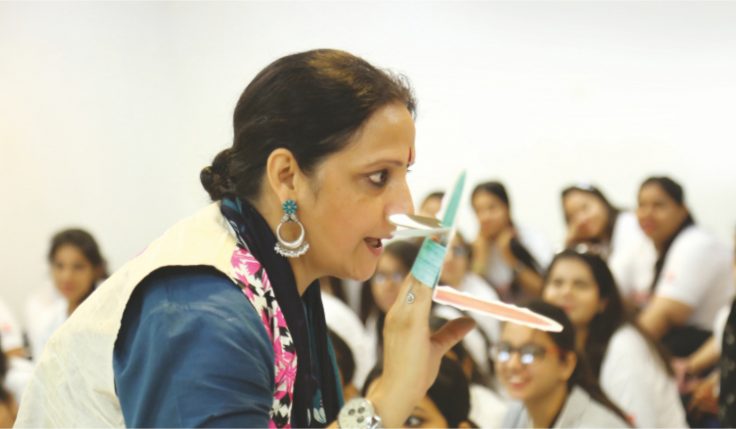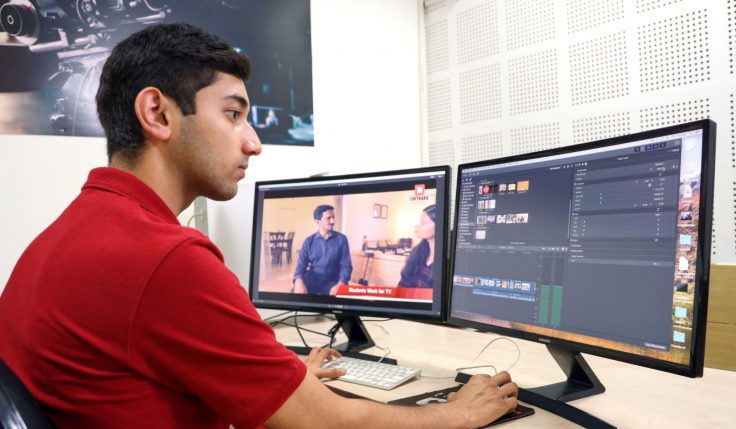Remote work is becoming increasingly popular as companies and their employees embrace a flexible way of getting their work done. While it is capable of offering many benefits including increased productivity and flexibility, it also comes with its own challenges that can impact employee morale, productivity, and job satisfaction.
When it comes to remote work in the field of design, working from home has become a preferable option after the COVID-19 pandemic has hit the world. There are many remote work benefits starting from less money spent on office space for an employer to a more flexible working schedule for an employee.
As long as the designers learn to work around the challenges by implementing the best practices that overcome them, remote work can actually be beneficial. In this blog, we look at the common challenges faced by teams while getting the communication design work done. Keep reading to know more.
Working In a Communication Design Setup:
Working in a communication design setup enables designers to demonstrate their intelligence, be more reasoned, and articulate design decisions so that they can be trusted with the expertise to complete their jobs. A design setup is built around purpose and validates that the designers have carefully thought about their solutions for solving a problem.
Designers gain the knowledge to understand a user’s needs while also having the craftsmanship and expertise to understand these needs into practical and aesthetically engaging solutions. Working in a design setup allows them to clearly explain the outcome of a well-thought of design process and demonstrate an understanding that articulates a design approach without any reservation.
Change In Design Work Setup With Remote Work:
Ever since designers have started working remotely, there has been a change in their working culture. Working remotely presented a challenging task because designers completely rely on indirect communication and are also unable to read quiet reactions in the design setup.
Other than this, there are a handful of challenges that come with remote work. There is no doubt that remote work offers freedom and flexibility but for designers who are used to communicating with each other in a design set-up, it also comes with many challenges.
Below, we will talk about the challenges faced by designers in the remote work scenario one by one.
Challenges Faced During Remote Work:
1. Communication and Collaboration: Remote work involves challenges faced due to difficulties in replicating impromptu conversations. Earlier, there were ways to solve these challenges by speaking to a colleague but now a drawn-out conversation over the emails and chat messages is involved because of remote work.
There is a lack of physical connection which creates challenges to brainstorming ideation and iteration. If the communication problem is not addressed then it can lead to misunderstandings, missed deadlines, and decreased productivity.
2. Untimely Feedback: Untimely feedback interferes with the design process. Designers who work from home lack direct visual references about what teammates are working on. Not understanding what others are doing raises questions about how much work can be done and what is considered good enough.
When faced with uncertainty, it is common for designers to create a problem on the side of the problem which can easily lead to being overworked. This problem must be addressed so that the workflow is not disturbed.
3. Design Process: At home, there is a lack of tools required to support each stage of the design process. For instance, if there is a need to build a model for understanding something then that can require some special tools which are not so realistic in a domestic environment.
This is all the more when full-size designs are required to determine if a design is production feasible. When it comes to a traditional design process, remote work, and understanding the three-dimensionalities of design, it becomes difficult to achieve the design process accurately.
4. Intellectual Property Rights: In addition, designing from home also raises concerns over intellectual property rights. For instance, sketches cannot simply be digitized using personal scanners.
Work-from-home arrangements are implemented at short notice and because of this the work process often gets fragmented.
Adapting With Remote Working Settings:
The designers have had to effectively manage their time as a crucial remote work setting skill and this is even more so for the professionals who work on long-term projects. The transition from a design setup to remote work in a creative role can be termed a complex but rewarding process.
Designers have had to understand their readiness for setting up an optimal workspace by adapting to work habits involving effective communication and collaboration with remote teams so that they can survive and thrive.
Let’s talk about the best practices for solving remote communication design problems.
Best Practices to Solve Remote Communication Design Problems:
1. Create a Common Information Space: Designers should make it a point to put all the tasks in the task tracker and in case there is no task in the tracker then there is no task. Some of the most popular trackers are Trello, Basecamp, JIRA, Pivotal, etc.
It is also important to make sure that no tasks are mixed up or lost which is why everything should be simple and transparent. A single information space such as Google Docs must be created with all shared documents so that everything important is laid out clearly.
2. Maintaining Calendars: During the remote workflow, all events should be outlined in the calendar such as Google Calendar or Toggle Plan Calendar. This helps in setting clear tasks for designers along with appropriate deadlines.
The employees should plan their working days so that the remote working process is trusted more than the team in the same open space.
3. Remote Communication: Communication while designing is difficult because creative differences can be involved. Experts also agree that most of the communication is non-verbal which further means that communication in a remote working environment must be established clearly.
Working remotely should allow the team to connect with each other and ensure simple communication by establishing a simple and efficient communication system.
4. Clear Documentation: It is important to think about the audience and documentation when working on a design project. The customers should be able to determine whether your documentation must be interaction-based or there should be importance of features in the business.
To avoid miscommunication on documentation, it is important to have a video discussion when you first hand over the designs rather than sending these designs and documentation through email. Also, make sure that you check in with your teammates regularly and ask for their feedback on the development of the documentation process.
Learning Communication Design Best Practices With 4 Year B.Des in Communication Design
You can get ahead in the vibrant and ever-evolving design field of Communication Design with a globally respected qualification such as the 4-Year B.Des in Communication Design. The program allows you to underpin your creative practice with a solid understanding of Communication Design strategies and the history of the subject.
The program allows students to hone their artistic abilities and gain knowledge about color, composition, art history, and figurative expressions. With a focus on experiential learning and critical thinking, this program emphasizes launching a successful career for building advanced career pursuits. The program will teach you to create products that motivate, entertain, engage, and educate people.
Whether it is remote work or house teamwork, the completion of a 4-Year Bachelor of Design in Communication Design will allow you to become a successful professional in the field of design by teaching you the best practices needed to succeed.
To Sum It Up:
Remote work in communication design has its challenges and benefits as well. As long as the designers know how to navigate these challenges for their benefit, remote work can actually end up benefitting the designers.
In case you are interested in learning more about communication design and all that a career in this field promises then pursue a study program such as 4-Year Bachelor of Design at Chitkara University and take the first step to build a bright career in the design field.






